You are using an out of date browser. It may not display this or other websites correctly.
You should upgrade or use an alternative browser.
You should upgrade or use an alternative browser.
❓Your Mineral Identification Questions answered here
- Thread starter user 4386
- Start date

Help Support Prospecting Australia:
This site may earn a commission from merchant affiliate
links, including eBay, Amazon, and others.
- Joined
- Oct 2, 2018
- Messages
- 130
- Reaction score
- 229
I found near an old drill site in a reserve in the area. Kara mine is about 20min away from where i found this. I know theres alot of iron in the area.
- Joined
- Oct 2, 2018
- Messages
- 130
- Reaction score
- 229
Thanks for the link Pat. Went through all the names of minerals on google but no luck. Will try getting a hold of some quartz and other stones to try scratch tests. I think steel is 5-6 on moh scale so I'll keep trying. Lefty i thought it had a garnet look to it but can't say I've heard of it in this area
- Joined
- Oct 2, 2018
- Messages
- 130
- Reaction score
- 229
Thanks penguin. I'd be happy if it was. I'll find something harder than garnet and try scratching
- Joined
- May 1, 2014
- Messages
- 1,958
- Reaction score
- 2,530
A question for Goldirocks in relation to the variable hardness of some minerals - when they say that something varies between say 6 and 6.5 on Moh's, are they saying that different individual specimens of the same type can vary in overall hardness, or do they mean that the same specimen will be harder in some directions than in others?
The two stones I most commonly cut are sapphire and quartz. Sapphire is as hard as the hobbs of hell in general but there is a quite noticable difference in certain directions, some facets cutting much more quickly and easily than others. My assumption has been that the "easy" facets are being cut parallel to or at least close to the lamellar parting planes of the sapphire crystal, while the really hard ones are going across or close to the C axis where there is no parting. Quartz has no cleavage or parting of any kind and I have never noticed any particular difference when working around a stone the way I do with sapphire.
Cheers
The two stones I most commonly cut are sapphire and quartz. Sapphire is as hard as the hobbs of hell in general but there is a quite noticable difference in certain directions, some facets cutting much more quickly and easily than others. My assumption has been that the "easy" facets are being cut parallel to or at least close to the lamellar parting planes of the sapphire crystal, while the really hard ones are going across or close to the C axis where there is no parting. Quartz has no cleavage or parting of any kind and I have never noticed any particular difference when working around a stone the way I do with sapphire.
Cheers
probablyLefty said:Some kind of botryoidal chalcedony maybe?
andradite garnet is probableLefty said:Has a "garnet" look about it at first glance.
Both composition and orientation variations in hardness can give the stated hardness range, For most minerals it is small, but kyanite and to a lesser extent tourmaline are examples that I know where it can be larger than most. The orientation variation is related to the different strength of atomic bonding in different directions, the composition variation is because composition can vary dramatically in the different types of a single mineral. I suspect orientation is the bigger issue of the two. Corundum and quartz have no cleavage and have conchoidal fracture, quartz being hexagonal and corundum trigonal. As you mention, corundum (sapphire, ruby) does have weak parting planes, despite having no real cleavage, and I am not surprised by what you have found (compositional variation is negligible in corundum). The length of oxygen bonds are not all the same. I see that "The toughness of corundum is sensitive to ..crystallographic orientation" - although toughness and hardness are not quite the same thing, this suggests bonding strength might also vary with orientation. One study of Knoop hardness of corundum found that hardness varied with orientation.Lefty said:A question for Goldirocks in relation to the variable hardness of some minerals - when they say that something varies between say 6 and 6.5 on Moh's, are they saying that different individual specimens of the same type can vary in overall hardness, or do they mean that the same specimen will be harder in some directions than in others?
The two stones I most commonly cut are sapphire and quartz. Sapphire is as hard as the hobbs of hell in general but there is a quite noticable difference in certain directions, some facets cutting much more quickly and easily than others. My assumption has been that the "easy" facets are being cut parallel to or at least close to the lamellar parting planes of the sapphire crystal, while the really hard ones are going across or close to the C axis where there is no parting. Quartz has no cleavage or parting of any kind and I have never noticed any particular difference when working around a stone the way I do with sapphire.
Cheers
- Joined
- Oct 2, 2018
- Messages
- 130
- Reaction score
- 229
Goldierocks looks like that is most likely what it is with Google results. Tested the hardness which Google said was 6.5 to 7 by using topaz. Scratched it but my knife doesnt. Thanks for the advice everyone.
goldierocks i found this piece of gold and I'm wondering if you would know what type of rock it has come from. all my gold is clean except for a couple of pieces that have quartz attached to them. i haven't seen any black rock like this in this creek.
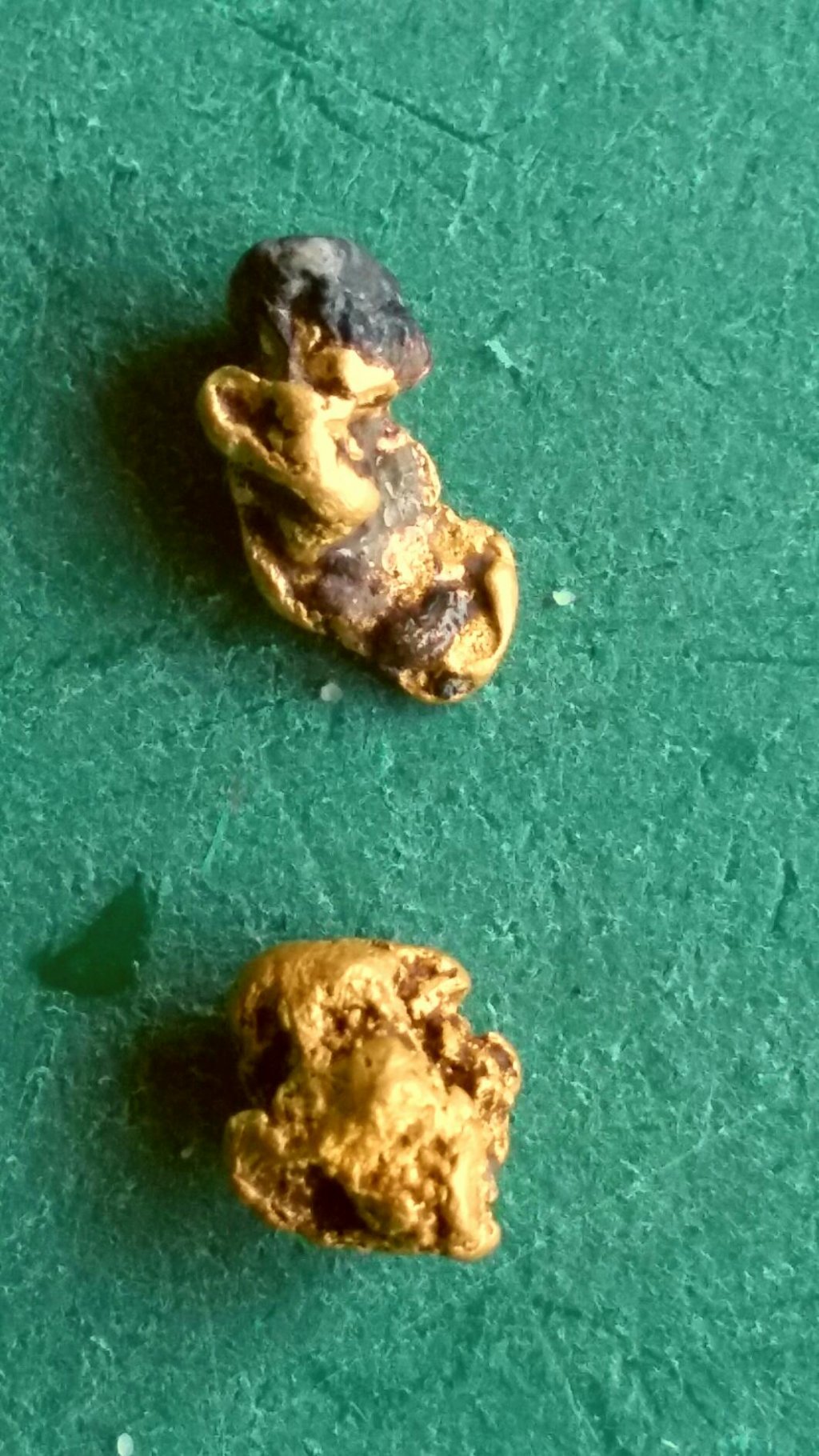
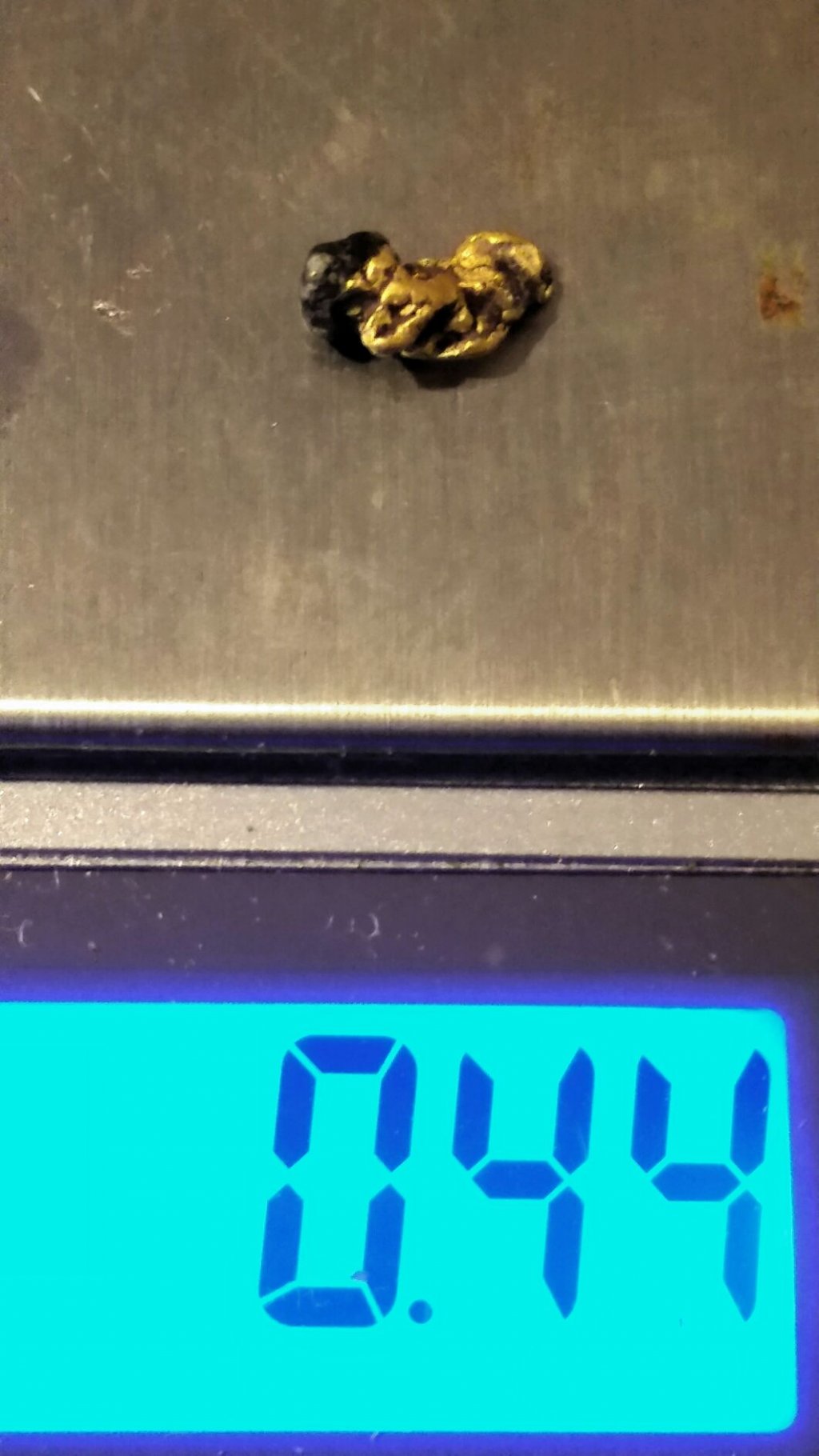


- Joined
- Oct 2, 2018
- Messages
- 350
- Reaction score
- 604
Hi guys I ventured out around the Batemans Bay nsw area over the weekend and while checking out some old digging I found this piece of quartz.
Just wondering what type of rock is the silvery bit stuck on the quartz., and how this binding may occurred?
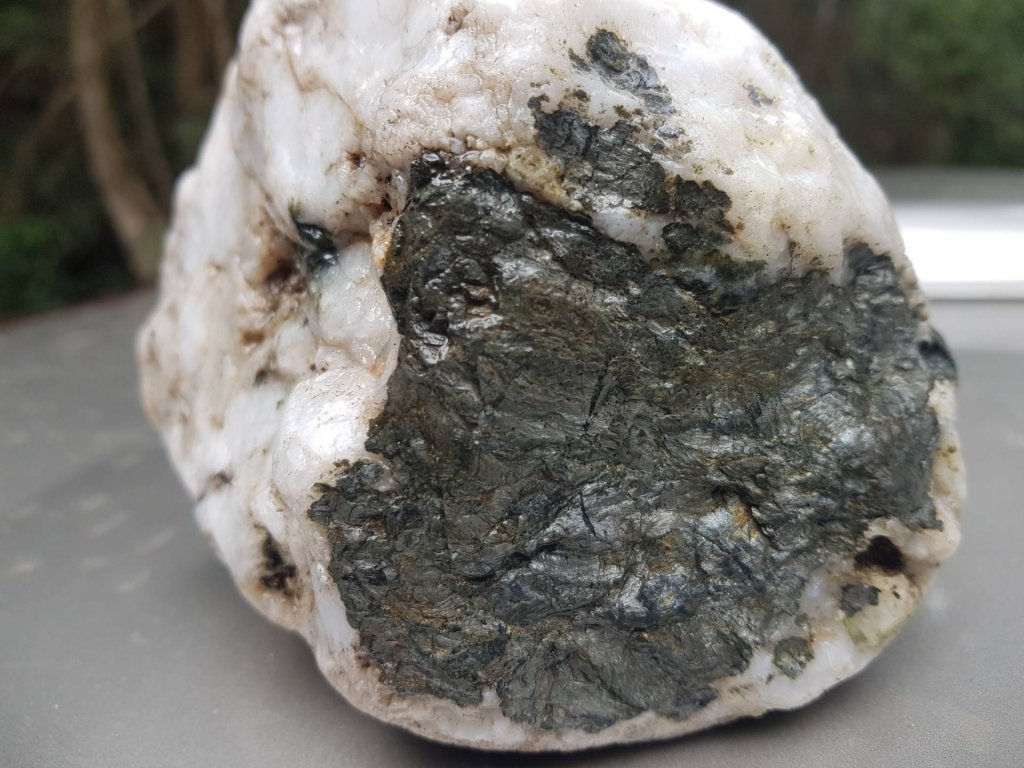
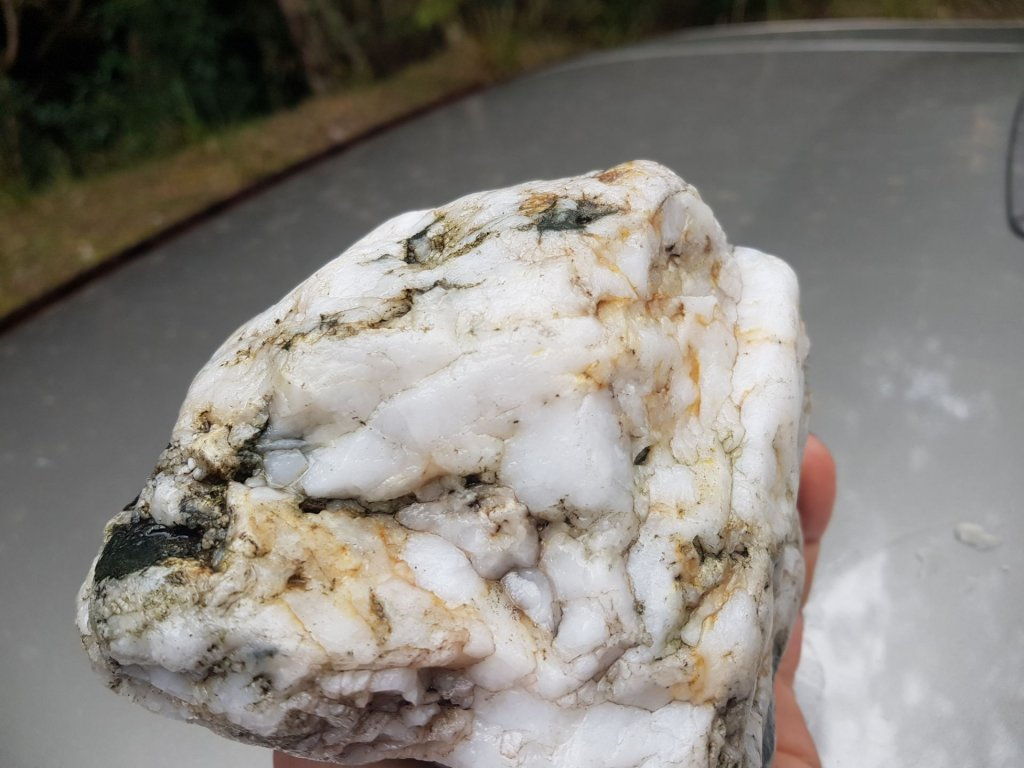
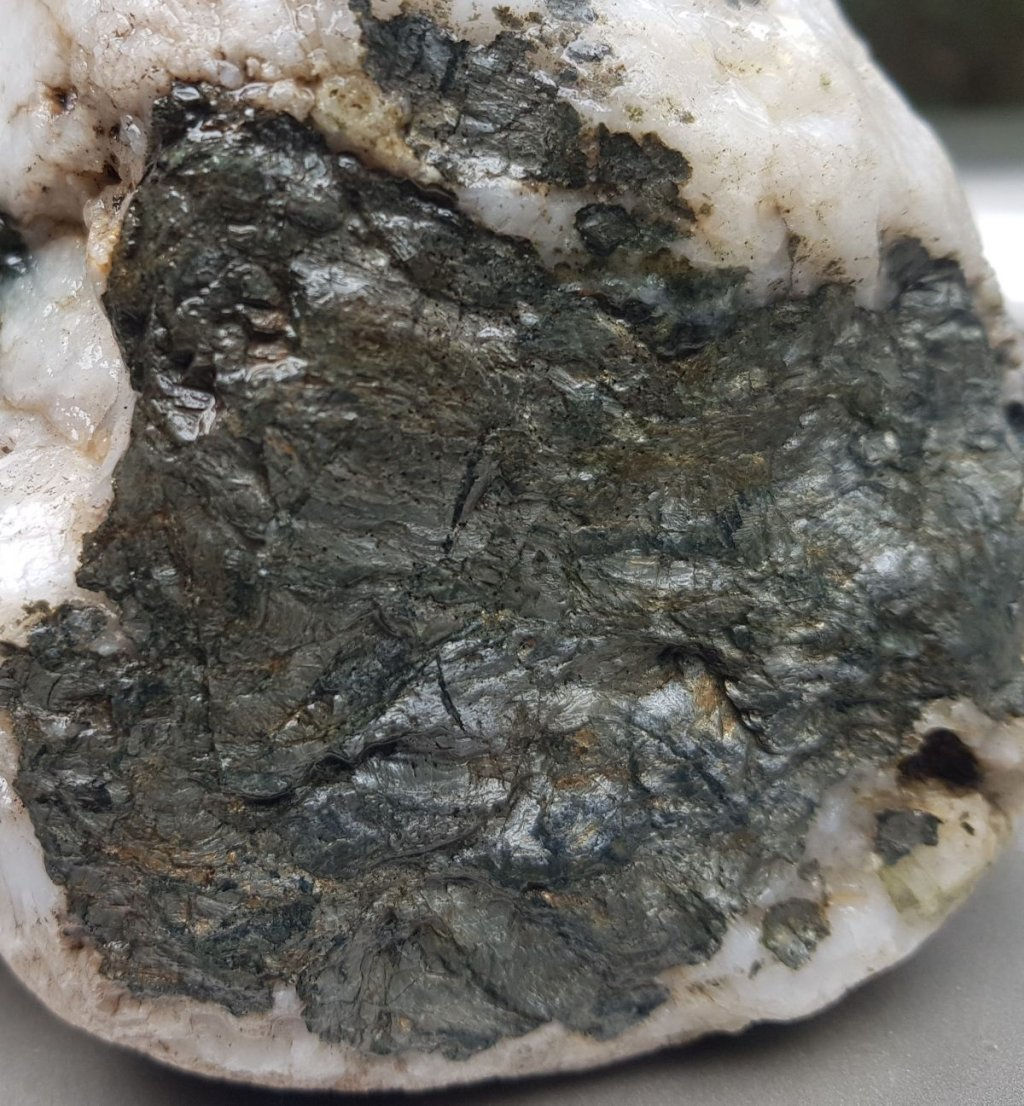
Just wondering what type of rock is the silvery bit stuck on the quartz., and how this binding may occurred?



How hard is it? My guess is chlorite. The quartz vein filled a fracture in a large body of chlorite-rich rock, effectively "cementing" itself to the chlorite-rock on either side of the quartz vein. When the rock broke up to become a pebble or cobble, it broke loose along new fractures in the chlorite-rich rock (along what we call the cleavage in the mineral chlorite). Some chlorite remained attached to the margin of the quartz.
The key thing being it had become one homogeneous rock when the quartz-vein filled the fracture - and later breakage occurred most effectively within the chlorite (not within the quartz, nor right on its margin).
There is a more complex explanation possible, but that is essentially the process.
The key thing being it had become one homogeneous rock when the quartz-vein filled the fracture - and later breakage occurred most effectively within the chlorite (not within the quartz, nor right on its margin).
There is a more complex explanation possible, but that is essentially the process.
- Joined
- Oct 2, 2018
- Messages
- 130
- Reaction score
- 229
So found these at blythe river tasmania.
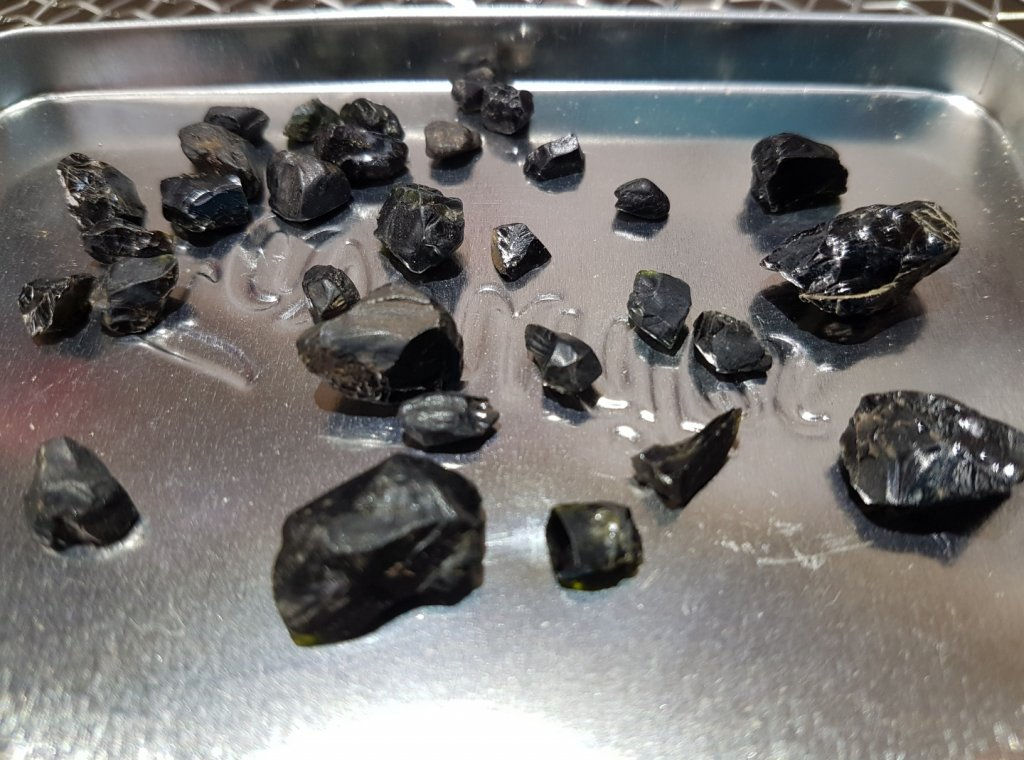
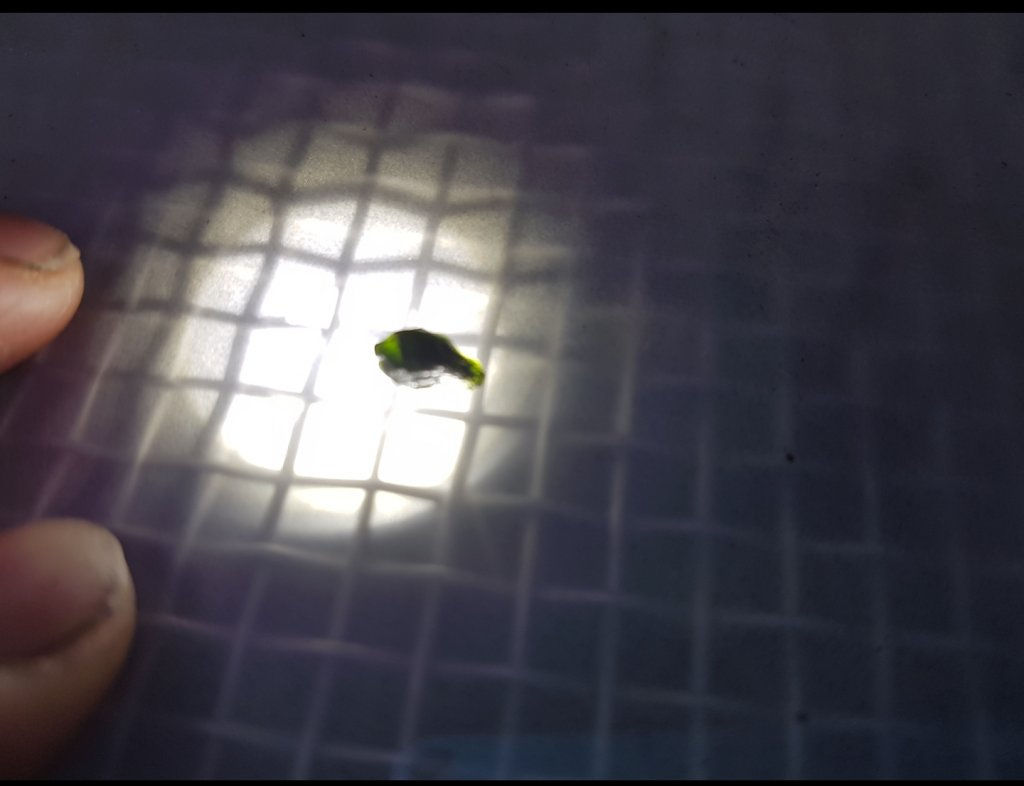
Look black until holding torch right on them then you see a green light through it. Quartz left no visual marks on stone. :|


Look black until holding torch right on them then you see a green light through it. Quartz left no visual marks on stone. :|
- Joined
- Oct 2, 2018
- Messages
- 130
- Reaction score
- 229
Thanks penguin
- Joined
- Oct 2, 2018
- Messages
- 130
- Reaction score
- 229
Hey guys recently got my uv light and found my purple sapphire glowed.
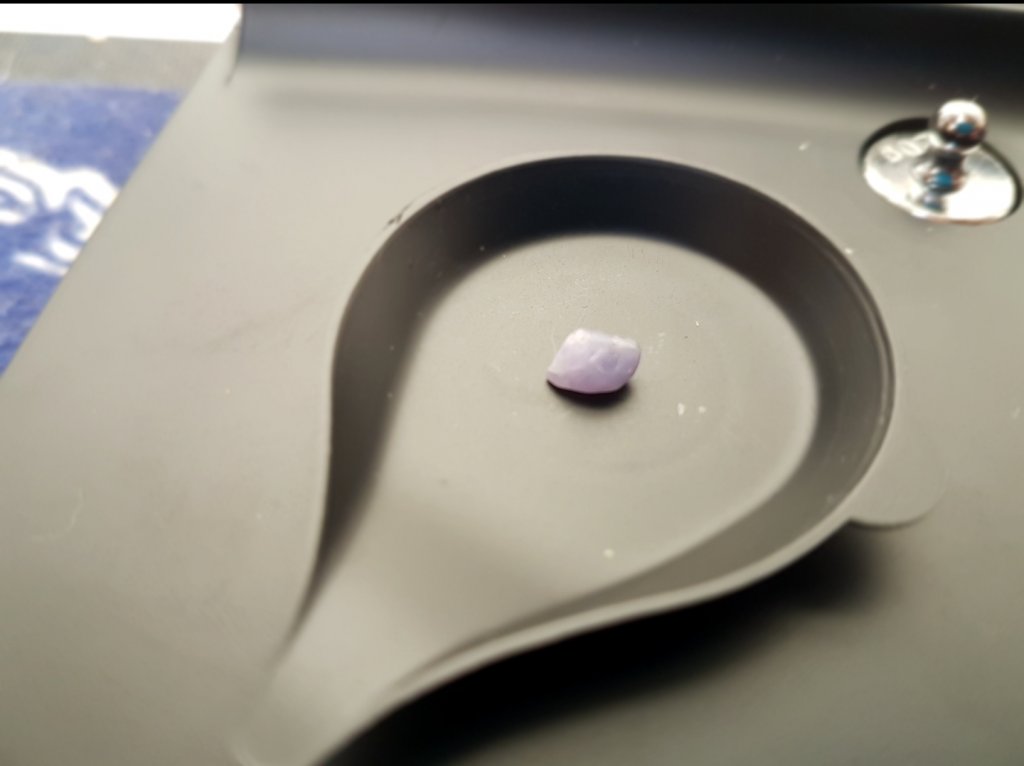
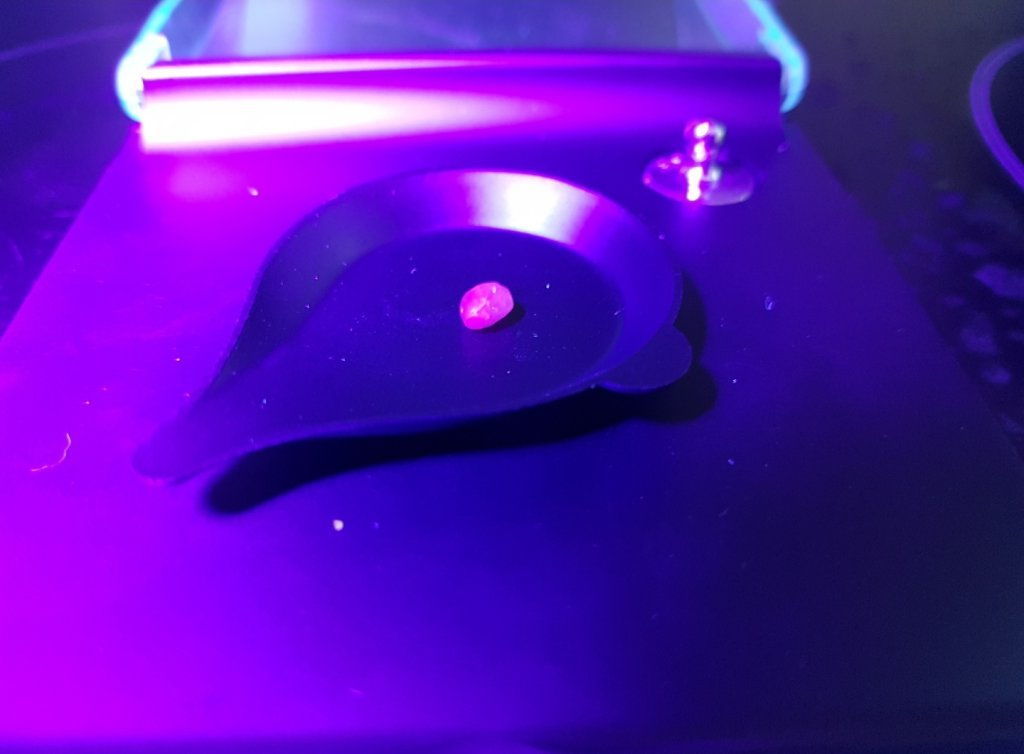
Does that make it a ruby? I found green and blue sapphires at same place as well. Thanks for any feedback


Does that make it a ruby? I found green and blue sapphires at same place as well. Thanks for any feedback
Similar threads
- Replies
- 8
- Views
- 5K
- Replies
- 72
- Views
- 16K
- Replies
- 33
- Views
- 8K


